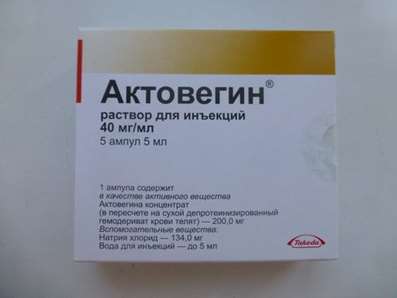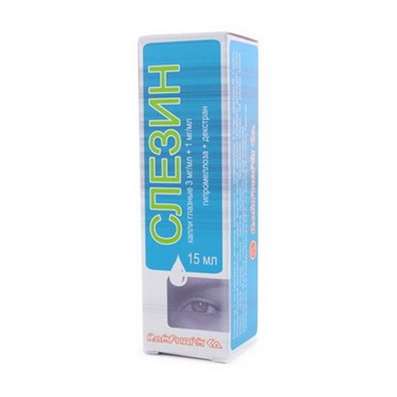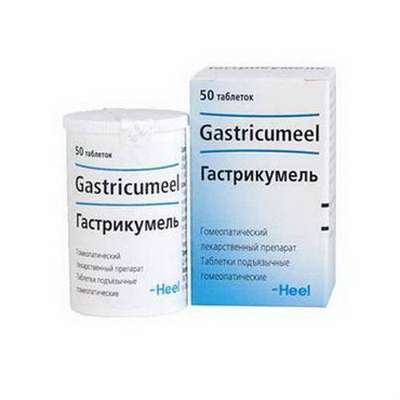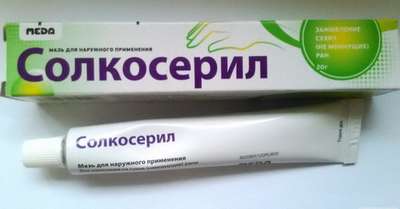Instruction for use: Dipotassium clorazepate
I want this, give me price
The Latin name of the substance Dipotassium clorazepate
Dikalii clorazepas (genus. Dikalii clorazepatis)
Chemical name
The complex of 7-chloro-2,3-dihydro-2-oxo-5-phenyl-1H-1,4-benzodiazepine-3-carboxylic acid with potassium hydroxide (1: 1)
Gross formula
C16H11ClK2N2O4
Pharmacological group:
Anxiolytics
The nosological classification (ICD-10)
F10.3 Abstinence: Alcohol withdrawal syndrome; Abstinence syndrome; Abstinence syndrome with alcoholism; Abstinence; Alcohol abstinence; Alcohol withdrawal status; Alcohol withdrawal syndrome; Postabstinctive disorder; Post-abstinence condition; Hangover syndrome; Abstinence syndrome; Alcohol abstinence syndrome; Alcohol withdrawal syndrome; Abstinence condition
F41.1 Generalized anxiety disorder: Generalized anxiety disorders; Generalized alarm; Phobic neurosis; Anxiety reaction; Anxious neurosis
F48.0 Neurasthenia: Asthenic form of neurasthenia; Asthenoneurotic disorder; Astheno-neurotic state; Flu of young workaholics; Influenza yuppie; Neurasthenic disorders; Neurasthenic conditions; Neurasthenic syndrome
F51.0 Insomnia of inorganic etiology: Situational insomnia; Situational sleep disorders
F95 Teaki: Teak child; Children's teak; Nerve Teacks in Children; Nervous teack; Teak
G40.1 Localized (focal) (partial) symptomatic epilepsy and epileptic syndromes with simple partial seizures: Partial form of epilepsy; Partial epilepsy; Partial cramps; Partial fit; Partial seizure with simple symptoms; Partial attack; Partial attack with localization of the focus in the subdominant hemisphere; Partial epileptic fit; Partial epileptic seizure; Partial seizure; Partial tonic-clonic seizure; Subcortical localization of the focus of excitation
G40.2 Localized (focal) (partial) symptomatic epilepsy and epileptic syndromes with complex partial seizures: Jackson seizures; Partial epilepsy; Partial cramps; Partial convulsions with or without secondary generalization; Partial seizure with complex symptoms; Partial form of epilepsy; Partial fit; Partial attack; Partial epileptic fit; Partial epileptic seizure; Partial tonic-clonic seizure
CAS Code
57109-90-7
Characteristics of the substance Dipotassium clorazepate
Anxiolytic from the benzodiazepine group. The powder is white or light yellow in color, practically odorless. Very soluble in water, very poorly soluble in ethanol, practically insoluble in organic solvents. Aqueous solutions - transparent, light yellow, have an alkaline reaction, are unstable.
Pharmacology
Pharmacological action - anticonvulsant, anxiolytic.
It binds to specific benzodiazepine receptors (cerebral cortex, almond-shaped nucleus, hippocampus, hypothalamus, cerebellum, striatum, spinal cord) and increases the sensitivity of GABA receptors to the mediator, enhancing the inhibitory effect of GABA in the central nervous system.
After ingestion, it turns into nordiazepam (desmethyldiazepam) and in this form it is quickly and fairly fully absorbed into the digestive tract and circulates in the systemic circulation. Cmax of nordiazepam in plasma is reached after 30-120 minutes. The equilibrium concentration in the blood is usually achieved after 5 days - 2 weeks. Nordiazepam is characterized by a high level of binding to plasma proteins (97-98%), T1 / 2 from plasma is 40-50 hours, it penetrates into breast milk. Nordiazepam is further metabolized in the liver by hydroxylation. Excreted mainly in the urine, mainly in the form of conjugated oxazepam (3-hydroxynorodiazepam) and a small amount of conjugated p-hydroxynodiazepam. With a reappointment, the accumulation of active metabolites is significant.
Refers to long-acting benzodiazepines. Has a prolonged depressing effect on the central nervous system. Has a strong anxiolytic effect. The miorelaxing and sedation effects are poorly expressed. Reduces anxiety, agitation. It alleviates the symptoms of acute alcohol withdrawal.
Experimental studies in animals (rats, monkeys) showed a significant difference in the doses causing anxiolytic, sedative and toxic effects. Thus, in rats, abolition of the conditioned reflex is prevented when ingestion is 10 mg / kg, the sedative effect develops at a dose of 32 mg / kg, LD50 - 1320 mg / kg. In monkeys, aggressive behavior is inhibited at doses of 0.25 mg / kg, sedative effect (ataxia) develops at 7.5 mg / kg, LD50 exceeds 1600 mg / kg, but is not determined, t. at high doses an emetic effect is manifested.
In studies of toxicity in dogs (21 animals) who received clorazepate dikal inside at doses up to 75 mg / kg for 22 months, there were drug-related changes in the liver (weight reduction, cholestasis with minimal hepatocellular injury).
In toxicity studies in monkeys (18 animals) who received clorazepate dicare inside at doses of 3-36 mg / kg / day for 52 weeks, females at high doses were associated with a drug-related tendency to decrease the number of leukocytes, while the total number Leukocytes remained within the norm. Violations of the function or structure of the liver (as well as of other organs) was not revealed.
Studies of fertility, reproduction, teratogenicity in rodents (rats, rabbits) showed that the intake of clorazepate dicas inside at doses up to 150 mg / kg (rat) and up to 15 mg / kg (rabbits) does not cause developmental disorders in the fetus, does not affect fertility And reproductive capacity in adult animals.
In experiments on animals (dogs and rabbits), a dependence appeared, which manifested itself in the development of convulsions with a sharp abolition or reduction in the dose of drugs; this syndrome in dogs was stopped by the introduction of clorazepate dikal.
Application of the substance Dipotassium clorazepate
All kinds of anxiety disorders (treatment of anxiety conditions or for a short-term withdrawal of anxiety symptoms), withdrawal syndrome in patients with alcoholism (symptomatic treatment), partial epileptic seizures, tick (in children).
Contraindications
Hypersensitivity, respiratory failure, zakratougolnaya glaucoma, pregnancy (especially I trimester), breast-feeding.
Restrictions on the use
Depressive states, psychotic reactions, myasthenia gravis, children under 9 years of age (safety and efficacy not determined).
Application in pregnancy and breastfeeding
Contraindicated in pregnancy (especially in the first trimester). For the duration of treatment it is necessary to stop breastfeeding.
Side effects of the substance Dipotassium clorazepate
From the nervous system and sensory organs: drowsiness, dizziness, irritability, blurred vision, headache, confusion, insomnia, fatigue, ataxia, diplopia, depression, tremors, blurred speech.
From the part of the gastrointestinal tract: gastrointestinal complaints, incl. nausea, vomiting, dry mouth, changes in functional renal and hepatic tests.
Other: a transient skin rash, urogenital disorders, a decrease in SAD, a decrease in hematocrit.
With prolonged use or taking large doses - physical and psychological dependence, withdrawal syndrome (convulsions, delirium, tremor, abdominal and muscle spasms, vomiting, increased sweating, nervousness, insomnia, irritability, diarrhea, memory impairment).
Interaction
Effects enhance (mutually) alcohol, neuroleptics, barbiturates and other drugs that depress the central nervous system, peripheral and central muscle relaxants.
Overdose
Symptoms: oppression of the central nervous system of varying severity (from drowsiness to coma), inhibition of respiratory and cardiac activity.
Treatment: gastric lavage, induction of vomiting, monitoring of vital functions, the use of respiratory and cardiovascular analeptics. As an antidote, a specific antagonist of benzodiazepine receptors flumazenil (in a hospital) can be used.
Routes of administration
Inside.
Precautions for Substance Dipotassium clorazepate
Use with caution in diseases of the liver and kidneys, children, the elderly and the weakened patient. In patients with drug and alcohol dependence, use under close supervision of a physician.
To prevent the development of withdrawal syndrome, the dose should be reduced gradually. It is not recommended simultaneous reception of funds depressing the central nervous system. Do not combine with alcohol. During the treatment it is not recommended to drive vehicles and engage in work requiring increased attention and quick response. With long-term admission, periodic monitoring of the pattern of peripheral blood and liver function is indicated.
Special instructions
Anxiety or tension associated with everyday stress usually do not require treatment with anxiolytics.

 Cart
Cart





